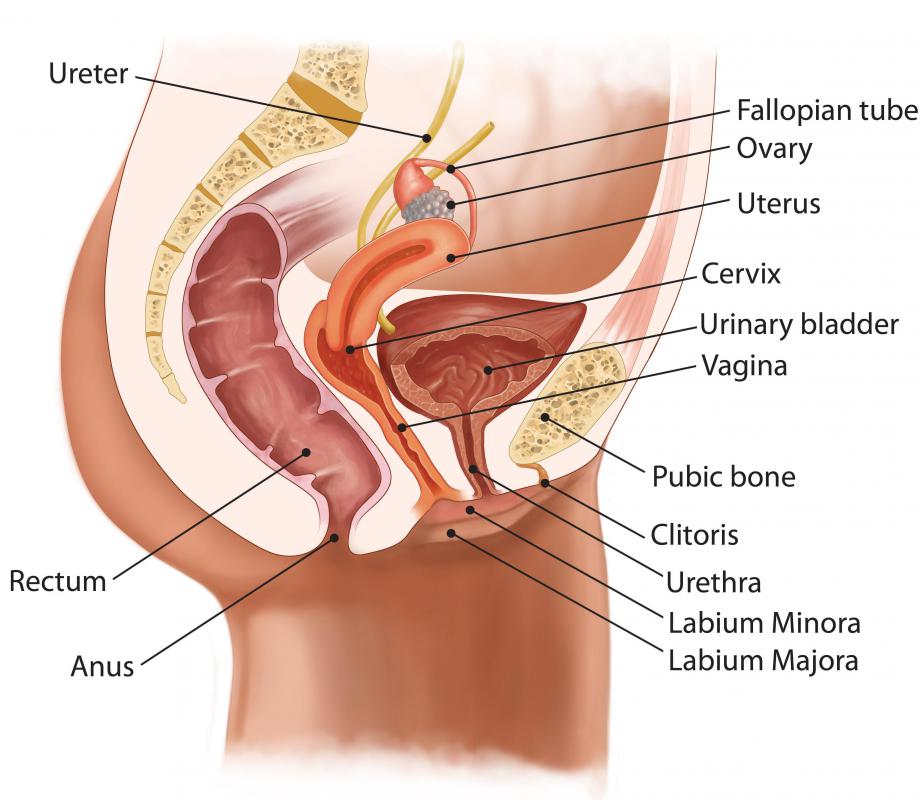At WiseGEEK, we're committed to delivering accurate, trustworthy information. Our expert-authored content is rigorously fact-checked and sourced from credible authorities. Discover how we uphold the highest standards in providing you with reliable knowledge.
What Is a Cystic Adenoma?
A cystic adenoma, better known as cystadenoma, is a type of benign tumor that is characterized by a closed-sac structure called a cyst. When a cystic adenoma becomes malignant, it is labeled a cystadenocarcinoma. This tumor is classified according to its form or location.
Cystadenoma earns its label from its manner of origin. In addition to the “cyst” and “cystic” prefixes that describe its structure, the term “adenoma” is applied as the clinical term for its status as a benign tumor. This simply means that the tumor is harmless. Adenomas usually develop from epithelial tissue, which is a group of cells that line the inner surfaces of the body.

There are several types of cystic adenoma, which are named based on the texture and shape or where they occur. For instance, in terms of form, papillary cystadenoma has a nipple-like shape, while serous and mucinous cystadenoma resemble the pale-yellow transparency and slippery texture of serous fluid and mucus, respectively. Regarding location, the tumor can be found in organs such as the pancreas, bile duct or appendix.

Despite its traditional harmless designation, this tumor still has the possibility of being malignant. This means that it can grow in size and spread to other parts of the body in an uncontrolled manner, thus developing into cancer. Such tumors are called carcinoma, and in the case of cystic adenoma, it becomes cystadenocarcinoma. The most common sites for this condition are the ovaries and the pancreas.

Cystic adenoma is usually diagnosed using x-ray computed tomography (CT) scan. It is a medical imaging method that involves the production of three-dimensional pictures revealing the insides of the body. CT scans are particularly helpful in detecting cystadenoma since they are more effective than regular x-rays in revealing abnormalities in epithelial tissue.
Cystadenoma, however, generally does not show any symptoms. They are usually discovered when the patient goes for a routine check-up. It is up to the physician to determine whether to remove the cyst or leave it alone.

If the cystic adenomas show evidence of growth or are rather solid, the doctor would have to remove them. This is usually done by performing a laparoscopy, a surgical procedure that involves inserting a viewing instrument called a laparoscope through small incisions in the body to see the area of intended operation. Cystic adenomas with less solidity and more liquid are left alone to eventually dissolve, as they are deemed not dangerous.
AS FEATURED ON:
AS FEATURED ON:

















Discuss this Article
Post your comments